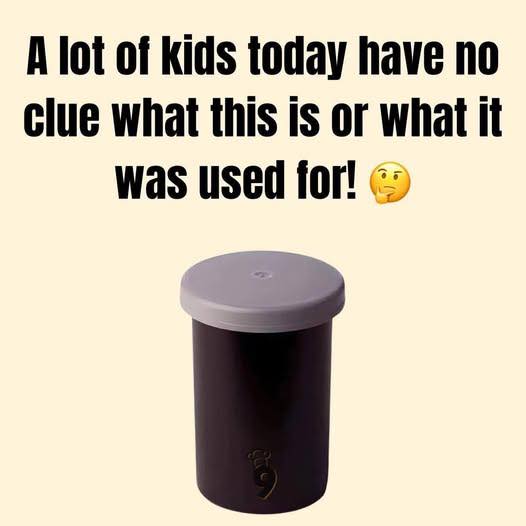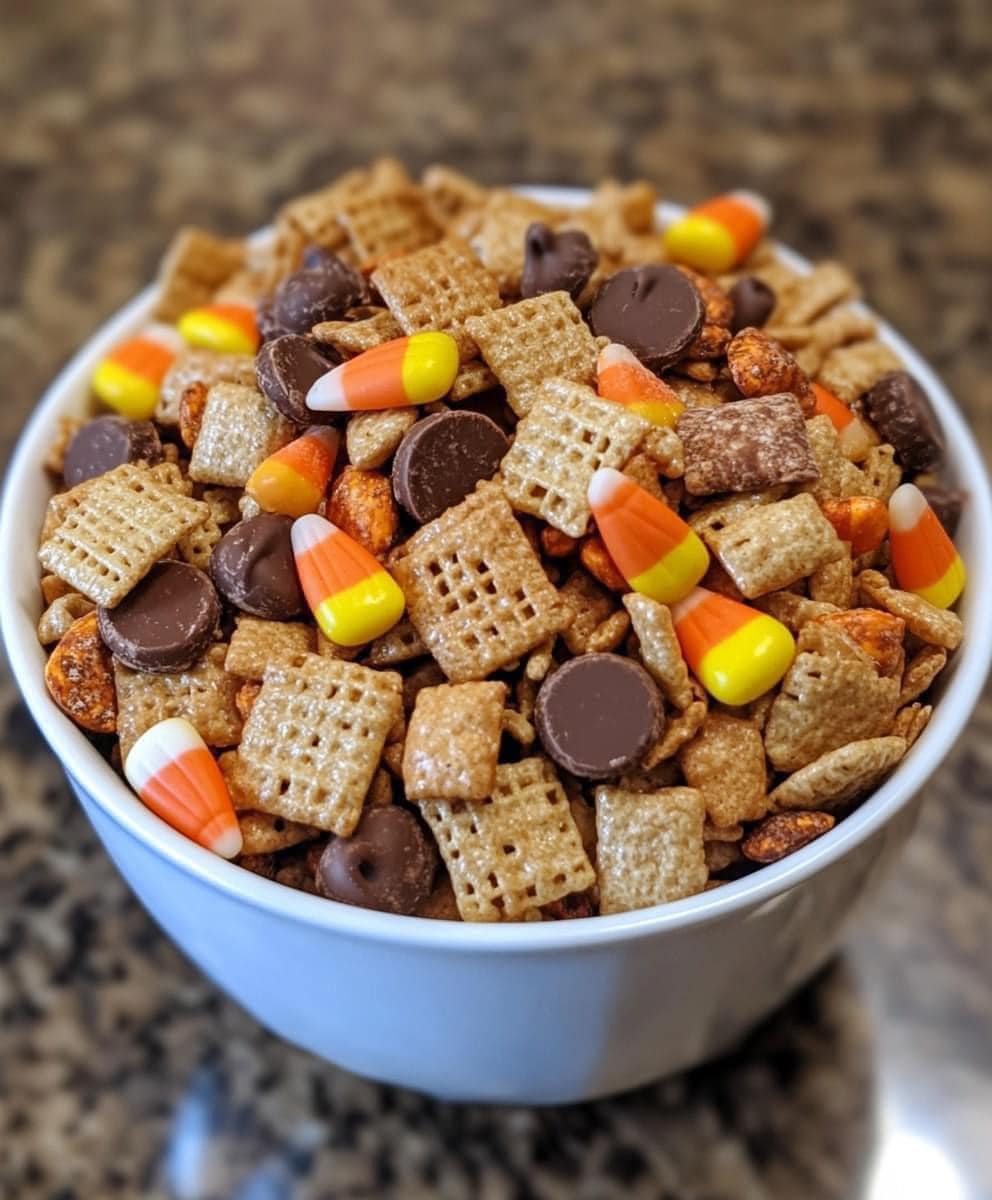- Storing Small Items: Buttons, beads, earrings, screws, nails, and even medication were easily tucked inside for safekeeping.
- Travel Kits: Perfect for holding shampoo, lotion, or toothpaste in small quantities during travel.
- Seed Storage: Gardeners used them to save and sort seeds—protected from moisture and light.
- Mini First-Aid Kits: A few Band-Aids, antiseptic wipes, and aspirin could fit inside for hikes or emergencies.
- Spice Containers: Campers found them ideal for packing salt, pepper, or sugar in tiny doses.
- Craft Supplies: They held glitter, pins, googly eyes, and more in art classrooms and DIY hobby boxes.
Some even turned them into tiny planters, film-themed jewelry, or geocaching containers. Their small size and durable build made them ideal for nearly any small storage need.
A Tool for Learning and Discovery
Film canisters also became a favorite in science classrooms and children’s projects.
Teachers discovered that they could be used for:
- Miniature volcanoes (add vinegar and baking soda)
- Rocket experiments (baking soda + vinegar + sealed cap = boom!)
- Teaching about pressure, air, and chemical reactions
They were often used in physics and chemistry demos because of their tightly sealed design. A little water and an effervescent tablet inside could launch a film canister a few feet in the air, delighting students and introducing real-world science concepts.
Design and Variations
Most people remember the standard black plastic canister with a gray or opaque lid, but there were several variations over the years depending on the film brand:
- Kodak used translucent gray or black canisters with yellow lids.
- Fujifilm often had green or white branding, with green-tinted caps.
- Ilford and Agfa used more monochrome designs, in keeping with their black-and-white film styles.
Collectors today often seek out rare or vintage canisters based on color, branding, and age. Some are considered collectibles and even sold online for modest prices—especially if they still contain an unused roll of expired film.
Nostalgia in a Modern World
For anyone who lived through the pre-digital photography era, seeing a film canister can feel like opening a memory box. It’s more than just a container—it’s a symbol of:
- Family vacations and road trips
- Graduation days
- Weddings, birthdays, first days of school
- Unfiltered moments captured in the best (or worst) lighting
- Double exposures from not winding film properly
- The occasional accidental finger in the frame
It was raw, imperfect, and real.
Today, kids grow up with front-facing cameras, filters, and cloud storage. They don’t understand the anxiety of waiting days to see whether your once-in-a-lifetime shot was actually usable—or ruined. The film canister represents a time when photos weren’t disposable. You thought before you clicked. You cherished each print.
The Return of Film: A Niche Revival
Interestingly, in recent years, film photography has seen a small but passionate resurgence. Many photographers, both amateur and professional, are returning to film for its aesthetic qualities—the grain, the tones, the authenticity.
As a result:
- Film rolls are being manufactured again.
- Vintage cameras are now hot items in secondhand markets.
- Film canisters are finding new relevance—not just in nostalgia, but in actual use.
Some indie photographers now use them in workshops to teach students about manual photography. They’re also seen as eco-conscious alternatives to certain single-use plastics in creative settings.
Digital Convenience vs. Tangible Experience
While we can’t deny the sheer convenience and power of modern smartphones, there’s something uniquely satisfying about the physicality of the old process. A film canister, small as it is, represents a slower, more intentional kind of photography—one where you weren’t chasing likes, but memories.
In many ways, the move from film to digital is a metaphor for the larger technological shift we’ve all undergone: from tangible to intangible, from waiting to instant gratification, from limited to limitless. And yet, those limits gave photos meaning.
Where Are They Now?
If you stumble upon a film canister today, it’s likely in a dusty drawer, a vintage camera bag, or a shoebox of childhood mementos. But if you do find one—don’t toss it.
Instead, ask yourself:
- What did this canister once hold?
- Whose memories were inside?
- Could it have another purpose today?
Better yet—fill it with something new. Use it. Reclaim it. Let it continue its story.
Conclusion: The Power of Simple Things
In a world driven by innovation, speed, and constant upgrades, it’s easy to overlook the beauty of something as simple as a film canister. But that’s the magic of nostalgia—it reminds us that even the smallest objects can carry enormous meaning.
So the next time you scroll through your digital gallery or delete 50 selfies in a row, take a moment to remember the days of film. Remember the joy of developing photos, the nervous hope that your vacation snapshots turned out, and the trusty little canister that held your memories safe.
Because sometimes, the things we forget say the most about how much we’ve changed.
Did you grow up using film cameras? Do you still have any film canisters tucked away? Let us know in the comments—or better yet, share a photo of your old gear!




